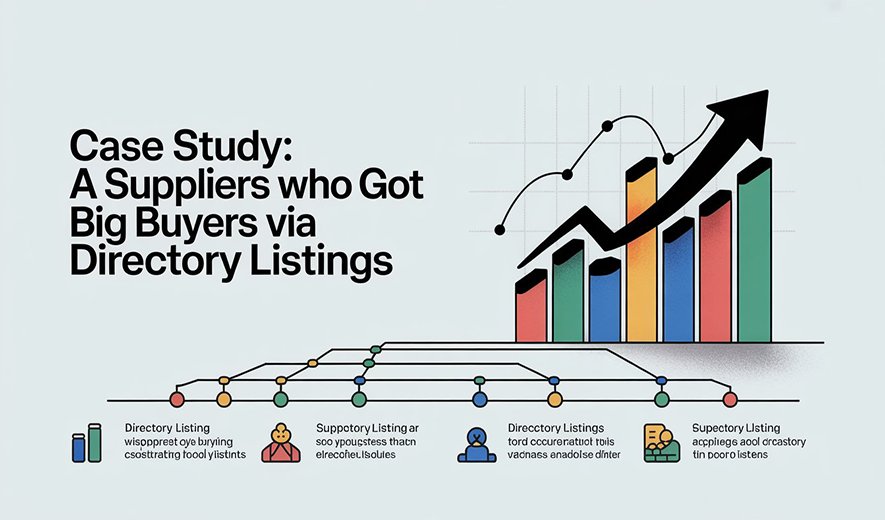
Cash Flow Management During Uncertain Times
Prioritize accurate, scenario-based forecasting
In times of economic uncertainty, forecasting needs to be more frequent and detailed to provide an accurate view of liquidity.
- Create rolling forecasts. Shift from static annual budgets to rolling 13-week or monthly forecasts that are continuously updated with the latest financial data. This helps track cash changes in real-time and anticipates shortfalls before they occur.
- Run multiple scenarios. Use your forecast to model different potential outcomes, such as a 5% drop in sales or a 10-day delay in customer payments. This allows for proactive planning and a clear understanding of potential risk areas.
- Utilize modern tools. Move beyond spreadsheets by using cash flow management software or enterprise resource planning (ERP) add-ons that can automate data consolidation and provide real-time dashboards.
Increase cash inflows strategically
Accelerating cash coming in is just as important as controlling cash going out during uncertain economic periods.
- Accelerate accounts receivable (AR). Invoice customers promptly with clear terms and offer small discounts for early payment to incentivize quicker collections. Consider automating reminder sequences for overdue payments.
- Strengthen customer relationships. Communicate transparently with customers about your financial position and work with those who can pay balances sooner. A strong relationship can lead to flexibility during a crisis.
- Diversify revenue streams. Avoid over-relying on a single source of income. Explore complementary products, new geographic markets, or subscription models to stabilize cash flow and mitigate risk.
Manage cash outflows vigilantly
Take strict control over outgoing cash to maximize liquidity and extend your company's financial "runway".
- Stretch payables strategically. Negotiate longer payment terms (e.g., Net 45 instead of Net 30) with vendors and creditors to preserve cash. Always prioritize payments to the most critical suppliers to avoid disrupting operations.
- Freeze non-essential spending. Perform a rigorous audit of operating costs to identify and eliminate discretionary spending, such as unnecessary software subscriptions or employee perks.
- Evaluate vendor contracts. Re-evaluate existing contracts for services and supplies. Many vendors may be open to renegotiating terms or consolidating services to help you cut costs.
Optimize working capital
Focus on the efficiency of your operational cycle to free up cash that is tied up in inventory and accounts.
- Improve inventory management. Implement a "just-in-time" inventory system to reduce excess stock, which ties up valuable cash. Liquidate slow-moving or obsolete stock, even at a discount.
- Lease, don't buy. For necessary equipment or assets, consider leasing instead of outright purchasing to reduce immediate capital expenditure.
Cultivate financial resilience
Beyond immediate adjustments, establish long-term strategies that prepare your business for future shocks.
- Build cash reserves. Financial experts recommend building a cash reserve to cover three to six months of operating costs as a financial safety net.
- Establish a line of credit. The best time to secure a line of credit is before a crisis hits. This provides a flexible funding source to tap into if cash flow becomes tight.
- Foster a cash-conscious culture. Promote a company-wide mindset where every employee understands how their decisions impact cash flow. This encourages smarter spending and aligns all departments with the company's financial health.
